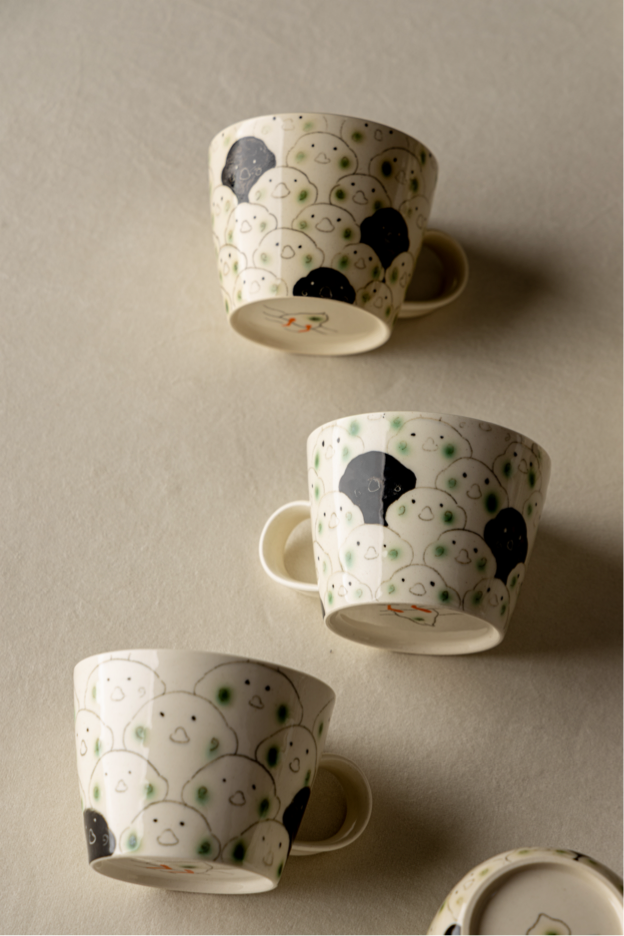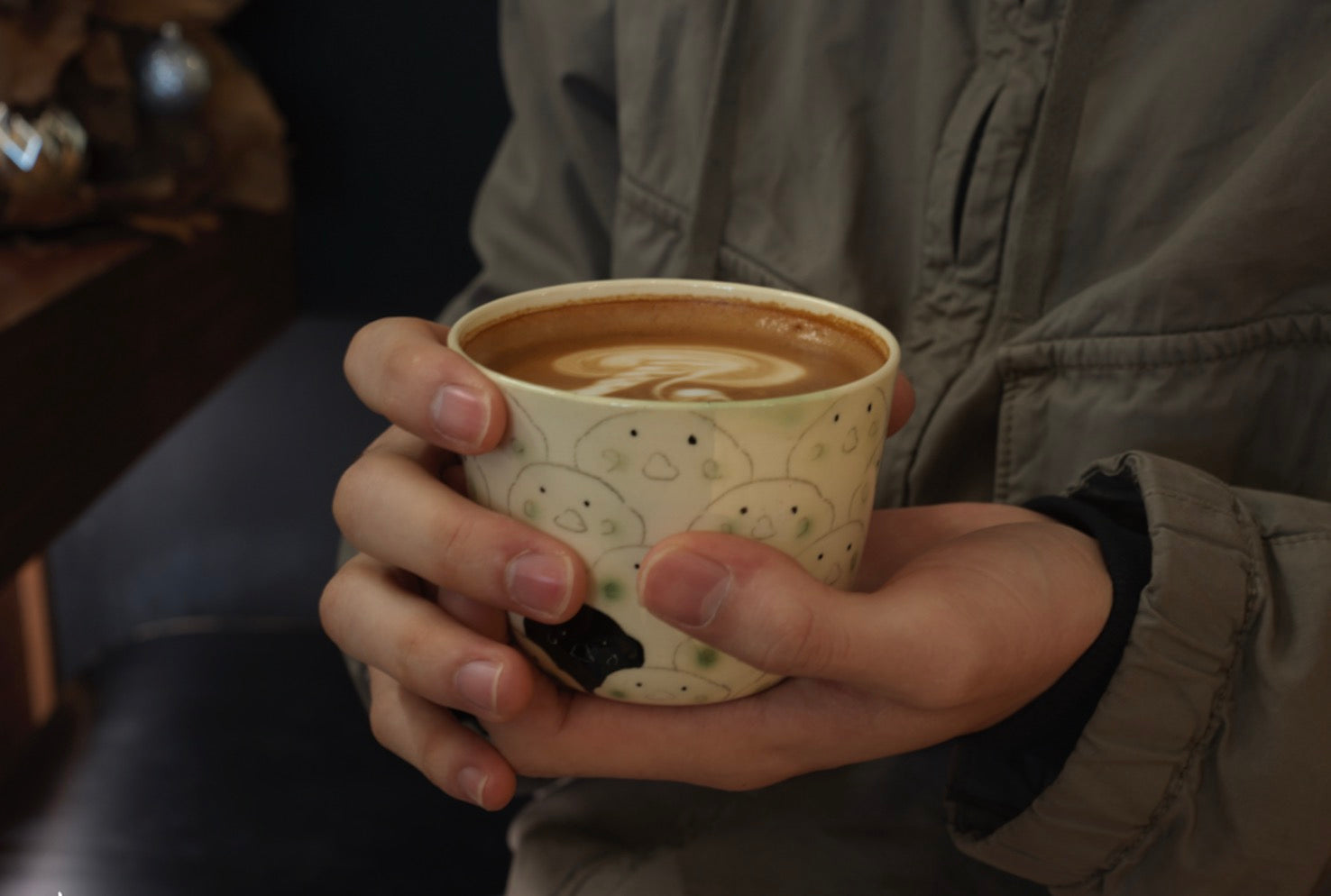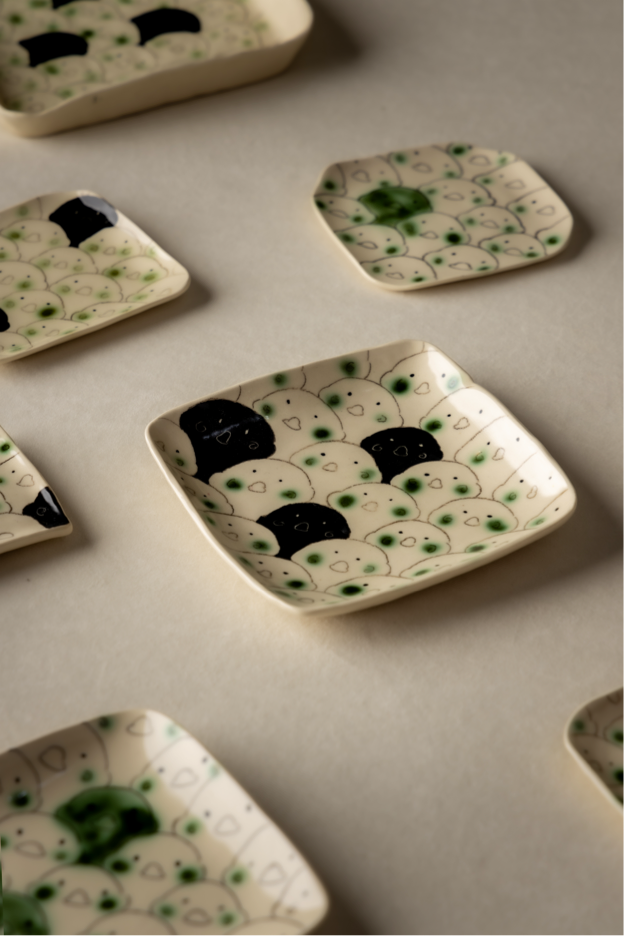Author's Profile:
Hou Chaojun, who studied under the provincial ceramic art master Wu Yunxia, is a ceramic product designer in Jingdezhen City. He is from Jingdezhen, Jiangxi Province. He graduated from Jingdezhen Ceramics University with a bachelor's degree. He is the inheritor of Jingdezhen's intangible cultural heritage and a second-level technician of Jingdezhen Ceramic Arts and Crafts in Jiangxi Province. He is very familiar with the various process technologies of ceramic production, proficient in the management details of each production link, and has a unique emotion and in-depth research on ceramic culture. He has his own profound insights into the expression of blue and white landscapes, and has accumulated a profound cultural heritage. Most of his works are blue and white landscapes. The blue and white landscape porcelain vase "Beautiful Clouds and Mountains" is collected by the Jiangxi Provincial Museum. The blue and white landscape porcelain vase "Rising to the Sky" is collected by the Jiangxi Provincial Museum.
Product Description
‘Blue and White Landscape’ is a dialogue between porcelain and ink that spans thousands of years. It uses porcelain as paper and cobalt as ink to condense the majestic atmosphere of mountains and rivers on the blank, allowing the spiritual energy of heaven and earth to be tempered into eternity in the kiln fire. This art born from the pen of Chinese craftsmen is not only the pinnacle expression of ceramic craftsmanship, but also a poetic extension of the literati's landscape sentiment.
The charm of Blue and White Landscape is deeply rooted in the genes of Chinese art. Since the maturity of blue and white porcelain craftsmanship in the Yuan Dynasty, craftsmen have used cobalt instead of pen and ink to bring the "high, deep, and flat" realm of Song Dynasty landscape painting to the porcelain surface. During the Ming and Qing Dynasties, Blue and White Landscape entered its golden age: the sparse and elegant blue and white of Yongle, the delicate and graceful Chenghua porcelain, and the layers of mountains and peaks of the Kangxi Dynasty, the charm of different dynasties interweaves under the glaze. The kiln fire in Jingdezhen not only burns utensils, but also forges the Chinese philosophy of "harmony between man and nature".
The beauty of Blue and White Landscapes lies in the exquisite balance of craftsmanship and art. Craftsmen need to use the "water-dividing texture" technique to paint on unfired plain bodies. Through the five-color gradient of "first thick, second thick, main light, and shadow light" of the blue material, a thousand peaks can be transformed into green with only one color. When the tip of the pen wanders on the curved surface, it is necessary to consider the perspective relationship of the three-dimensional object and grasp the flow characteristics of the glaze at high temperature. The seemingly random white space left by the smoke and clouds is actually the strict control of dozens of processes. As Tang Ying, the pottery supervisor of the Qing Dynasty, said: "The glaze should be light and even when painting the blank, and the method of blowing the glaze is flawless throughout the body."
A piece of Blue and White Landscape porcelain is a miniature oriental universe. The distant mountains are outlined with "axe-cut texture", and the nearby water is blurred with "flowing silk drawing" to create a hazy artistic conception. In between, there are fishermen singing in the evening and hermits in thatched cottages, just like the ideal residence of "walkable, visible, travelable and habitable" in "Linquan Gaozhi". The "Yuan Blue and White Guiguzi Going Down the Mountain" in the Palace Museum shows the fairyland in the sea of clouds with a comic strip composition; the "Ming Yongle Blue and White Landscape Figure Plum Bottle" in the collection of the British David Foundation uses a scattered perspective method to lay out the thousands of miles of rivers and mountains, both of which are excellent interpretations of "one vessel, one world".
Today's Blue and White Landscape art is bursting with new vitality. Modern ceramic artists incorporate abstract composition into traditional patterns, using blue and white to express the coldness of snow-capped mountains and glaciers and the blur of urban landscapes. The young creators of Jingdezhen Taoxichuan have brought blue and white into the aesthetic space of life such as tea utensils and lamps; the innovation of digital glaze formulas has made blue and white present a fantasy effect like a galaxy nebula. In the collision of the ancient wood-fired kiln and 3D printing technology, Blue and White Landscape is no longer a static display in the museum, but a cultural bloodline flowing in contemporary life.
Blue and White Landscape porcelain is the nirvana of mud and fire, and it is also a mirror image of the Chinese spiritual world. When the fingertips brush over the ice cracks that travel through time and space, what you touch is not only the warm glaze, but also the literati's pride of "I see the green mountains are so charming", and the poetic residence of "I don't know the sky is in the water after being drunk". This never-fading blue, always in the flickering of the kiln fire, tells the eternal praise of Chinese civilization to nature.













